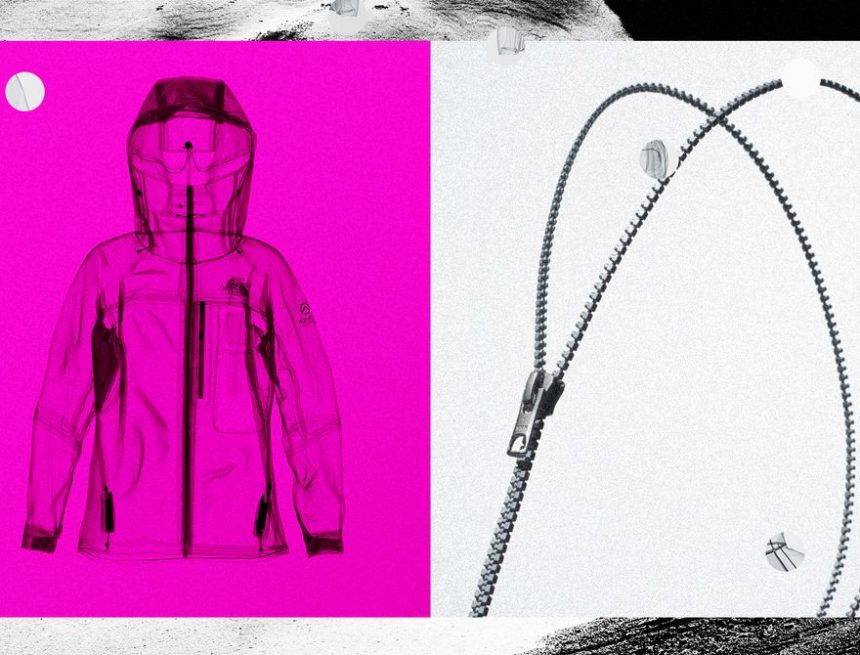Until recently, my smart home setup was in chaos. After years of testing, buying, and upgrading to the latest smart home gadgets in an attempt to make my life easier, it became a bloated mess that was actually making it more complicated.
My Alexa, Google Home, and Apple Home apps were awash with dead devices, duplicates, and automations that simply didn’t work. My Hue Bridge, trying desperately to tie it all together, was creaking at the seams. And the more advanced platforms I hadn’t quite committed to, such as Homey and SmartThings, were fighting each other for bandwidth on an already congested network.
I was basically employed as full-time tech support in my own house, just to stop the kids moaning that their lights weren’t working … again. It was time for a reset—a chance to embark on a total rethink of what a comprehensive smart home in 2025 should look like. If that sounds daunting, it needn’t be. Here’s how I gave my smart home a much-needed reboot and brought harmony to my house once more.
Bye Bye, Alexa
A lot of people reading this probably walked the same path I did, of adding devices to Alexa early on because it was easy, then losing control as the smart home boom outpaced the platform that was meant to keep everything in sync.
This meant I ended up running a network of prosumer-grade smart home products on an operating system that, let’s face it, was designed to add dishwasher tablets to a shopping list and remind the kids to brush their teeth. It’s not ever really been cut out to manage low-latency state changes across a hundred different devices.
Alexa has got better for moderate smart home users though, with Amazon adding things like Zigbee radios, Matter controller and Thread Border Router features to the mix in recent years—all of which give it a bit more flexibility. But it is still more of a great digital assistant than dedicated smart home system, and anyone looking to build something serious should look elsewhere.
I had already started porting some stuff over to HomeKit a while ago and Apple’s ecosystem is actually a vastly superior one to Amazon’s for the smart home—it’s well worth considering if you’re all in on iOS and devices like Apple TV and HomePod, especially with the Thread radio now built into most modern iPhones too.


